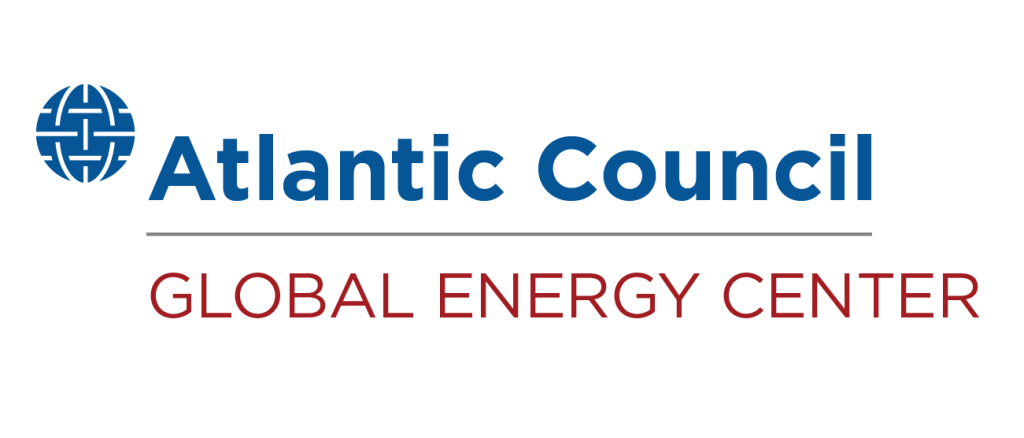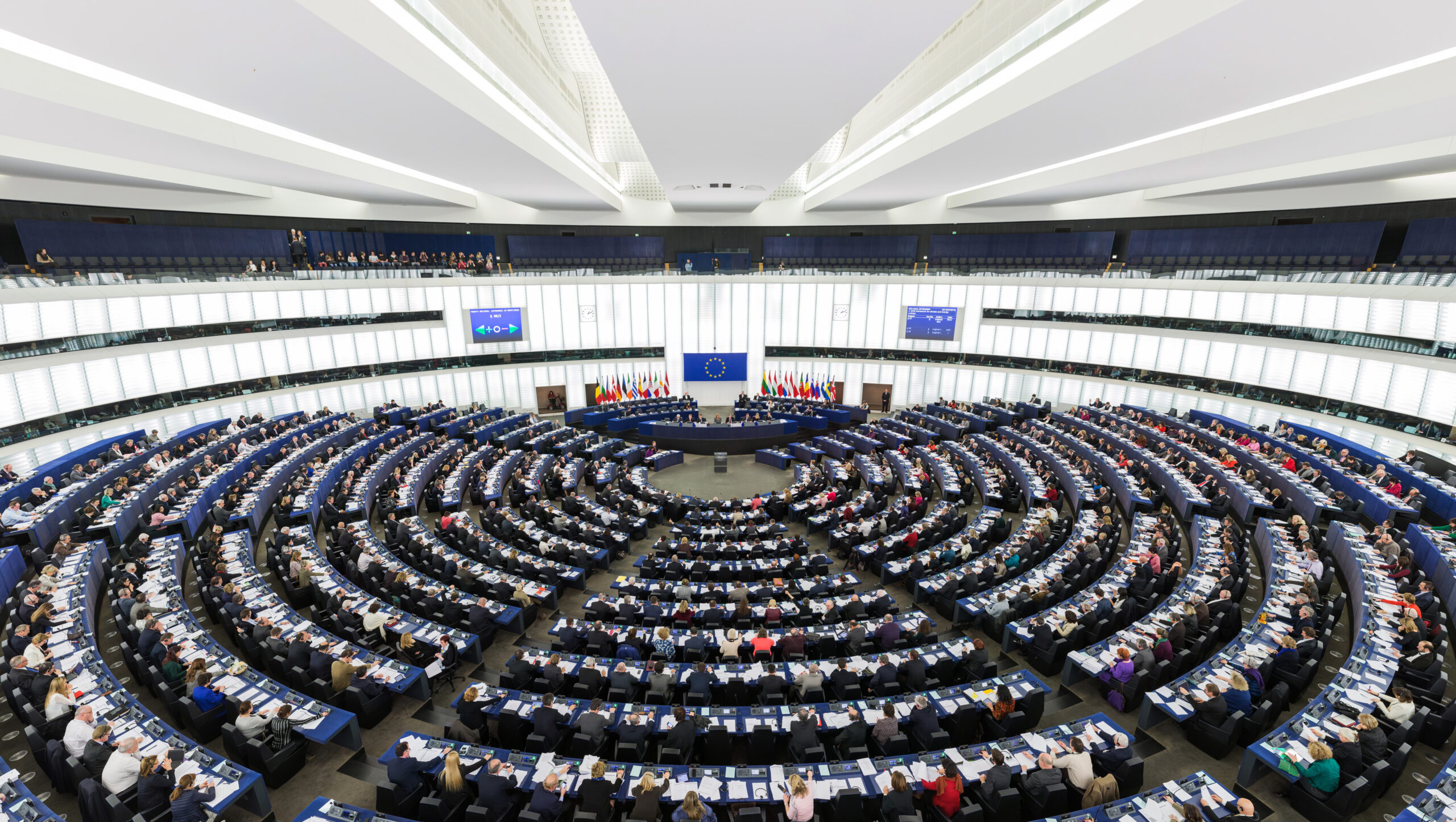The last European Parliament governed as Europe’s energy system withstood unprecedent shocks to global markets and the economy. The shocks were numerous and severe: from negative pricing during the COVID-19 pandemic to all time-high energy costs following Putin’s full-scale invasion of Ukraine; from tensions in the Middle East and cyber and kinetic attacks on energy infrastructure to extreme weather events made more severe by climate change.
While energy was not the driving issue for the majority of the 185 million European voters for this election, the newly elected Parliament will play an important role in determining how to defend the bloc’s energy security, reduce emissions, and boost competitiveness.
Our experts weigh in on the impact of Europe’s elections on these issues.
Click to jump to an expert analysis:
András Simonyi: Will the EU elections slow its energy transition?
Pau Ruiz Guix: How the EU can stay the course on clean energy goals
Andrei Covatariu: EU elections put climate, energy security, and political capital at risk
Elena Benaim: EU climate and energy agenda hangs in the balance
STAY CONNECTED
Sign up for PowerPlay, the Atlantic Council’s bimonthly newsletter keeping you up to date on all facets of the energy transition.
Will the EU elections slow its energy transition?
Five years ago, the European Commission under President Ursula von der Leyen set out to make the green transition its top priority. What comes next for the EU’s climate and energy agenda is uncertain. The Parliament’s new composition, and, perhaps even more importantly, the final choice of Commission president (which is up in the air) and members of the Commission, along with the distribution of portfolios, will be reflective of but also critical to the future direction of the EU.
While the gains of the extreme right are mainly a result of the migration crisis, the huge losses suffered by the Greens, plus the economic and political costs of the energy transition, need to be taken into account. These indicate a strong push to “rebalance” green transition and energy security.
Europe’s competitiveness has thus been added to climate and security/energy security concerns—for some member states, it is the number-one priority. Besides the geopolitical realities, as we warned years ago, the “absorption” capacity of European societies increasingly determines the speed with which the green transition can move forward.
There is an overwhelming view that now the next Commission will have to focus on the implementation of previous decisions. There are clearly two competing political trends, however. One aims to speed up the green transition as a panacea to all the issues mentioned above. The other takes a more pragmatic and realistic position to continue the transition, while taking into account the security, cost, and social aspects of that transition.
No matter what, energy security will take center stage. This means that US liquefied natural gas (LNG) will continue to play a major role, particularly as the majority view in Europe is that it will not go back to the status quo ante with Russian energy supplies.
András Simonyi is the former Hungarian ambassador to the United States and a nonresident senior fellow with the Atlantic Council Global Energy Center.
How the EU can stay the course on clean energy goals
The European elections results reflect a sentiment that has already been increasingly apparent: a need to align ambitious climate policy with a competitiveness and resilience agenda that delivers growth and economic security. While the reality of European policymaking means that a clearer picture will only emerge when new leadership is at the helm of the European Commission, the next five years will be all about implementing already-adopted regulation to reduce European greenhouse gas emissions by 55 percent by 2030.
To deliver on deep decarbonization goals, EU countries will need to implement targets to decarbonize hydrogen production at a time when carbon pricing will be extended, and the Carbon Border Adjustment Mechanism will be implemented and potentially expanded.
To deliver on domestic clean technology manufacturing goals, the new European leadership may opt to accelerate a trend toward re-shoring and friend-shoring, requiring new instruments, partnerships, and relationships within the multilateral trade system.
To deliver on clean hydrogen deployment goals, a sector where final investment decisions (FIDs) are struggling to take off, the new mandate should finalize low-carbon hydrogen rules and revise clean hydrogen rules reflecting what works and what doesn’t.
Achieving these three broad goals, which inevitably tackle global and trade-exposed sectors, will require strong climate and energy diplomacy that strengthens global cooperation on increased decarbonization of hard-to-abate industries, supply chain security, and regulatory alignment and certification. The US position and transatlantic cooperation will play a key role in achieving these objectives, and, therefore, not only European elections but American ones in November will inform and influence the realm of possibilities.
All in all, a world of different speeds in the energy transition is a challenging place, and the European experience shows that only by working together is it possible to balance climate, economic, and security objectives to the benefit of the people and the planet.
Pau Ruiz Guix is a trade and international relations officer with Hydrogen Europe.
EU elections put climate, energy security, and political capital at risk
In 2022, after Russia’s full-scale invasion of Ukraine, the European Commission set ambitious energy and climate targets to a significant extent aimed at minimizing social unrest and maintaining political stability in the European Parliament for the 2024 elections. This strategy largely succeeded, with the 2019 political coalition still holding a majority—albeit a narrow one— while public protests have been managed over the last years.
However, overambitious targets may soon backfire. As Commission President Ursula von der Leyen works to secure a strong coalition (which could include the Greens), some of the energy and climate objectives are at risk. Revising the approved 2030 targets is complex and politically risky with a right-leaning European Parliament. This could slow the transition pace, possibly enhancing short-term energy security but undermining long-term climate goals and supply security.
An alternative would be to maintain the existing targets, but this approach would also risk leaving goals unmet. This outcome could hurt energy security and political credibility, especially as the deadline for meeting targets falls right after the five-year term of the newly elected European Commission. Failing to meet the targets could erode the credibility of the leaders who will be in power at the end of this decade.
Looking beyond 2030, negotiations over the unapproved 2040 EU energy and climate targets pose even greater challenges than before, thus creating yet another significant political risk. Additionally, the EU enlargement process may also become less ambitious, which will only continue to generate spillover effects. Prospective countries would remain easily targeted by Russia with physical attacks on critical infrastructure, cyberattacks, or energy supply cuts, which will continue to hurt EU member states.
Andrei Covatariu is senior research associate at Energy Policy Group (EPG) and a research fellow at the Centre on Regulation in Europe (CERRE). This article reflects his own personal opinion.
EU climate and energy agenda hangs in the balance
On June 6, 2024, when called upon to vote for the European Parliament, European voters kept the center-right European People’s Party (EPP) as the leading group with 190 seats—a slight increase compared to the previous elections. However, to hold the majority, which requires 361 seats out of 720, the EPP will need to find working coalitions with other groups to pass legislation.
As announced by the EPP, European Commission President Ursula von der Leyen will again be their candidate for the presidency. With a second mandate, von der Leyen would be expected to protect the Commission’s legacy (including its key initiatives such as Fit for 55 and RePower EU) and to continue focusing on competitiveness, cleantech, innovation, global leadership, and energy resilience. However, coalitions in the European Parliament will heavily determine the direction of climate and energy policies.
With a majority formed by the EPP, Progressive Alliance of Socialists and Democrats (S&D), Renew Europe, and the Greens, the European Green Deal could be safe in terms of ambitions and targets. The coalition would probably maintain a decarbonization agenda strongly focused on energy security and industrial competitiveness and a likely dominant conversation around the social dimension of the energy transition.
With a majority that includes the hard-right group European Conservatives and Reformists (ECR), there could be a serious risk of seeing climate ambition weakened. Right-wing parties in member states have openly criticized Europe’s climate ambition, and this could result in undermining the provisions of the Fit for 55 plan. It might also complicate the already challenging discussion on unlocking investments for the green transition at the EU level.
A move to the right by the EPP would have severe implications for the legacy that the previous Commission built and hinder the possibility for the EU to build a strong industrial competitiveness strategy that supports the energy transition and climate targets.
Elena Benaim is a nonresident fellow with the Atlantic Council Global Energy Center.
MEET THE AUTHOR
RELATED CONTENT
OUR WORK


The Global Energy Center develops and promotes pragmatic and nonpartisan policy solutions designed to advance global energy security, enhance economic opportunity, and accelerate pathways to net-zero emissions.
Image: The Hemicycle of the European Parliament in Strasbourg during a plenary session in 2014. (David Iliff, CC BY-SA 3.0) https://commons.wikimedia.org/wiki/File:European_Parliament_Strasbourg_Hemicycle_-_Diliff.jpg

